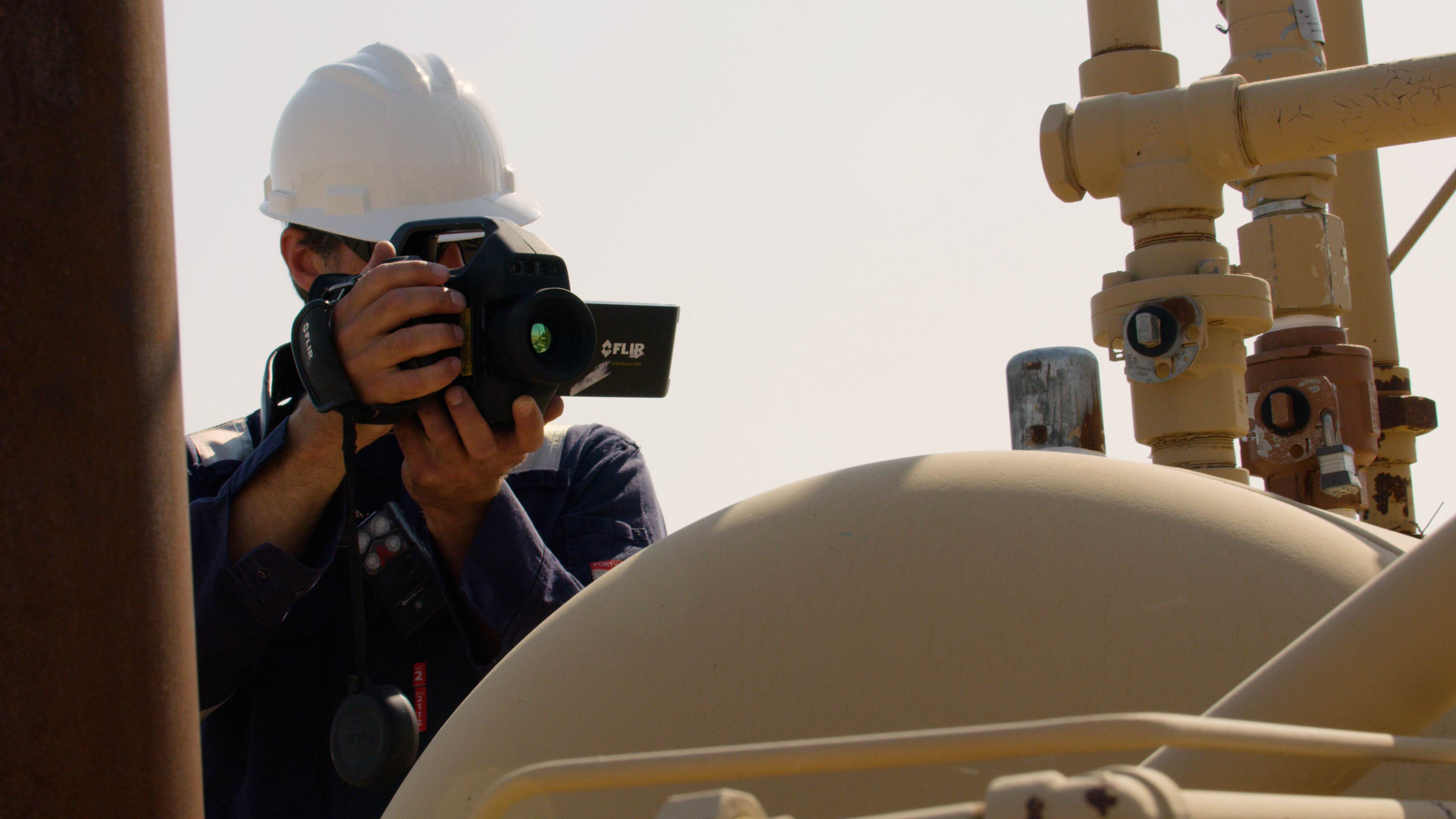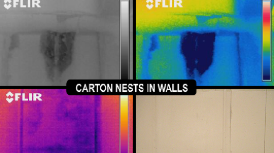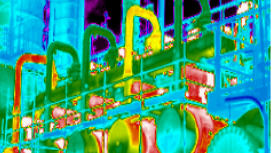Why Aren’t Annual Calibrations Required for Optical Gas Imaging Cameras?

Why Aren’t Annual Calibrations Required for Optical Gas Imaging Cameras?
Ron Lucier
ASNT NDT Level III TIR #48004
Annual calibration is recommended for all cameras where measuring temperature is critical. This assures that the reported results will be as accurate as possible. However, in the GF and G-series manuals, there is a statement:
Gas detection: no calibration recommendation. The ability to detect gases is not influenced by the calibration and will not degrade over time.
The calibration process for infrared instruments requires measuring many known temperature sources (blackbodies) and creating a relationship with temperature and how the detector responds (voltage). This is an expensive and time-consuming process but is important for missions where temperature measurement is critical (electrical, mechanical, buildings). Gases can be detected without measuring temperature, so why raise the issue?
The USEPA has issued several regulations regarding the detection and mitigation of fugitive hydrocarbons and other greenhouse gases. Their recent proposed regulation, 40CFR60, Appendix K “Determination of Volatile Organic Compound and Greenhouse Gas Leaks Using Optical Gas Imaging” states in Section 7:
7.1 The camera does not require routine calibration for purposes of gas leak detection but may require calibration if it is used for thermography (such as with ∆T determination features). Operators should follow manufacturer recommendations regarding maintenance and calibration, as appropriate.
The only reference to a specific Delta T is in paragraph 6.2.1 which describes that whatever camera is used must be able to detect minimum flow rates of Methane, Propane and/or Butane with a 5 °C background. Background would be the average temperature of all the surfaces behind the leak, minus the local ambient air temperature.
However, in paragraph:
9.2.2 Description of how the operator will ensure an adequate delta-T is present in order to view potential gaseous emissions,…
So, EPA states that no calibration is required but requires that the monitoring plan establish procedures that will ensure an adequate temperature difference. Yet they do not state what that temperature difference should be! Confusing!
A customer once asked whether the camera would still measure a delta T accurately if the camera was out of calibration? One note here: cameras do not drift slightly out of calibration: the amount id generally by tens of degrees.
Below is an actual calibration curve for one range of a GF320 (green) and a curve for a camera wildly out of calibration (artificially changed calibration constants).

The out of calibration curve has the same generally the same shape but would yield higher temperatures. Below is a plot of the difference between those curves.

The delta T is not linear. Therefore, the obvious answer would be “No, if a camera is out of calibration it will not yield accurate Delta T’s”. However, what is the magnitude of the error? This is easily shown by taking a first derivative of the Delta T data:

Here is where we find the “good news”! No, a camera wildly out of calibration will not yield an accurate, repeatable delta T. But the errors are very small and probably should be ignored. The basis for that statement is that EPA is asking that all Infrared Cameras must be verified to detect fugitive emissions with a 5 C delta T:
6.1.2 The OGI camera must be capable of detecting (or producing a detectable image of) methane emissions of 17 grams per hour (g/hr) and either butane emissions of 5.0 g/hr or propane emissions of 18 g/hr at a viewing distance of 2 meters and a delta-T of 5 °Celsius (C) in an environment of calm wind conditions around 1 meter per second (m/s) or less, unless the referencing subpart provides detection rates for a different compound(s) for that subpart.
This is the only reference to a specific delta T in Appendix K and there is no similar reference in OOOOa.
Summary
Are OGI cameras required to be calibrated annually, considering that the delta T may be inaccurate if it isn’t? No. The camera will detect gas whether it is in calibration or not. EPA does require that the user assure an adequate thermal background, but accurately measuring one isn’t required.


